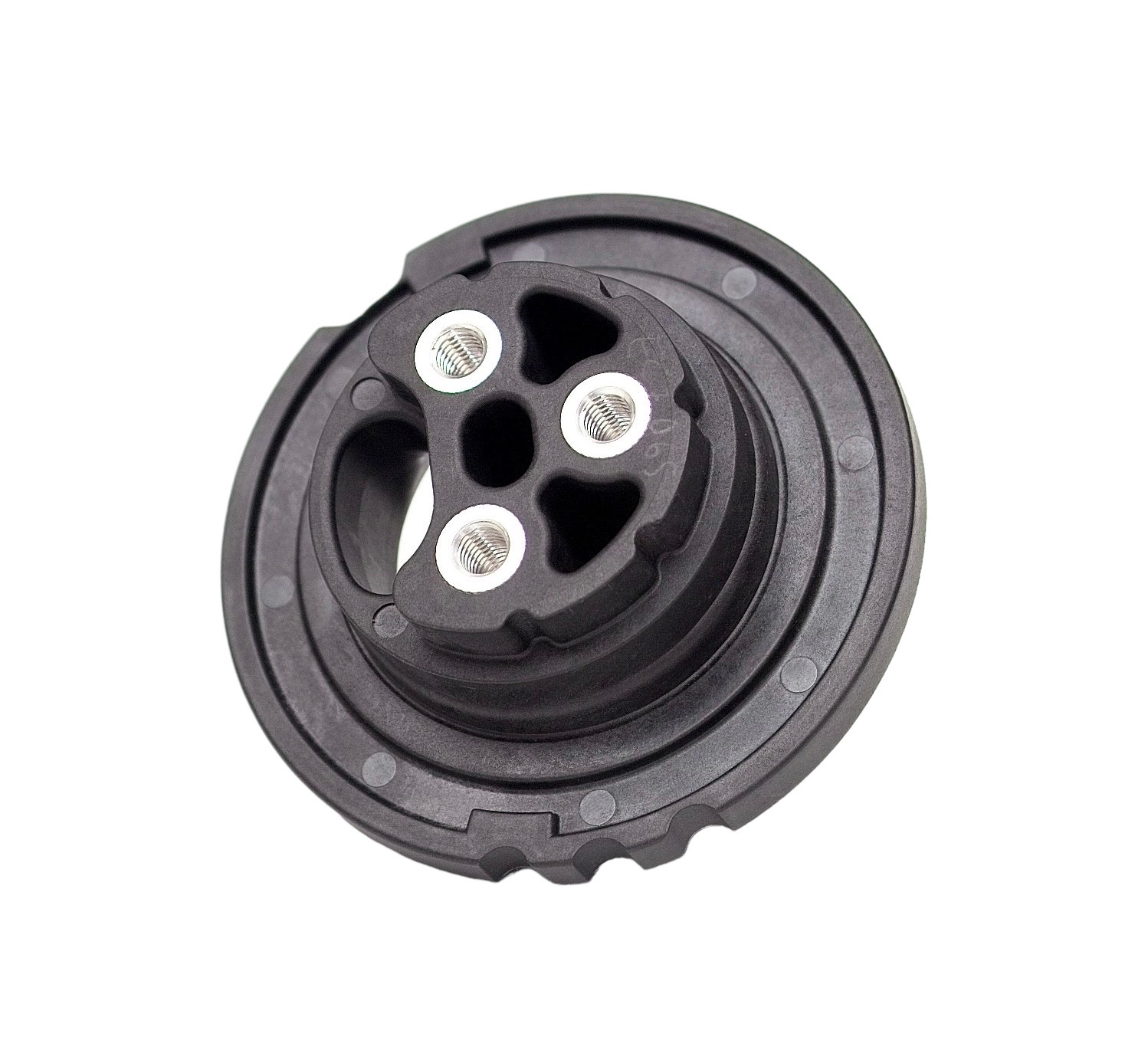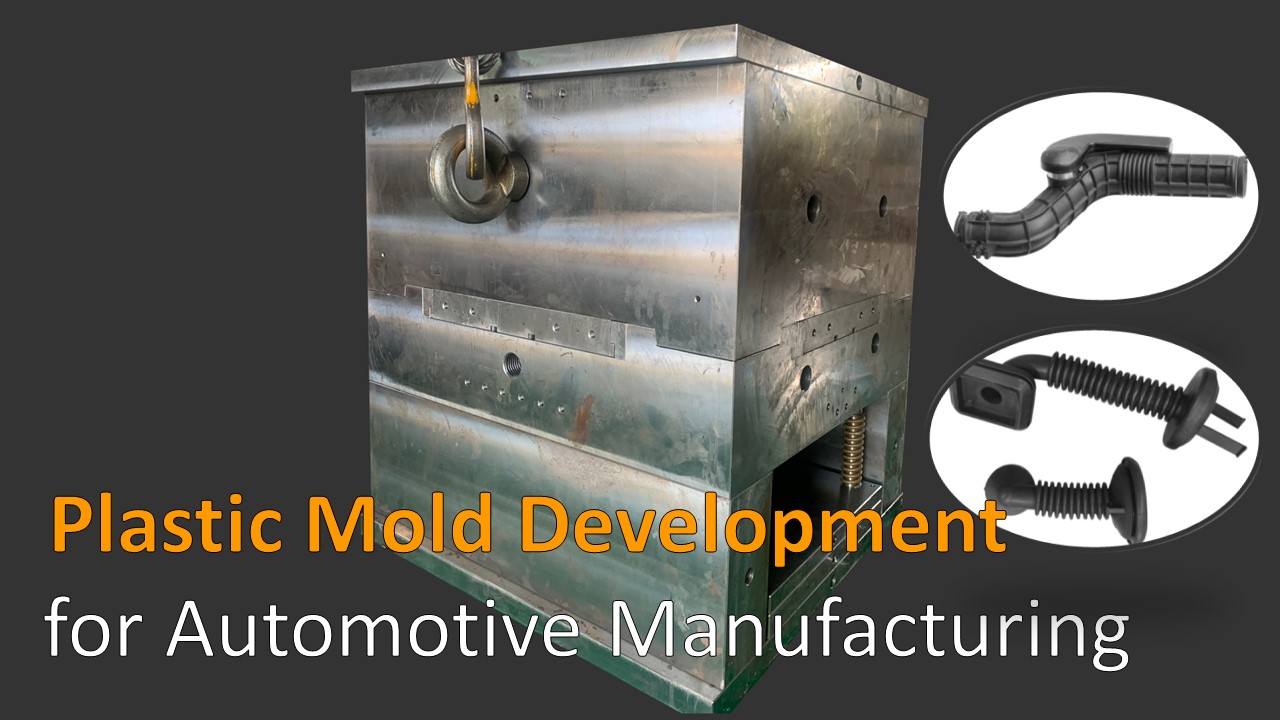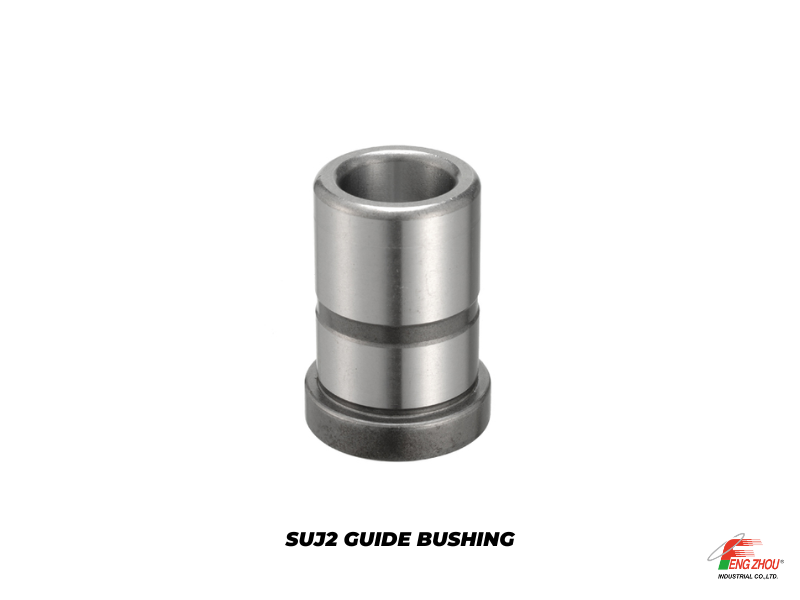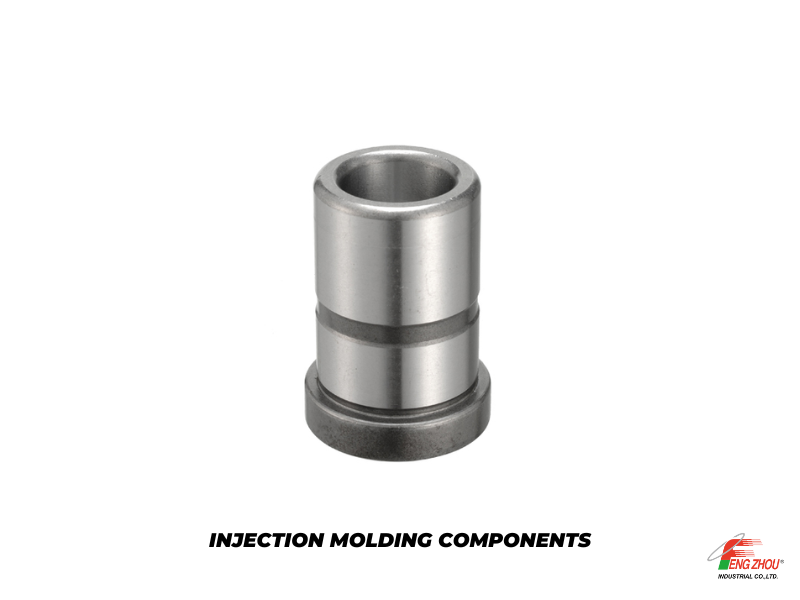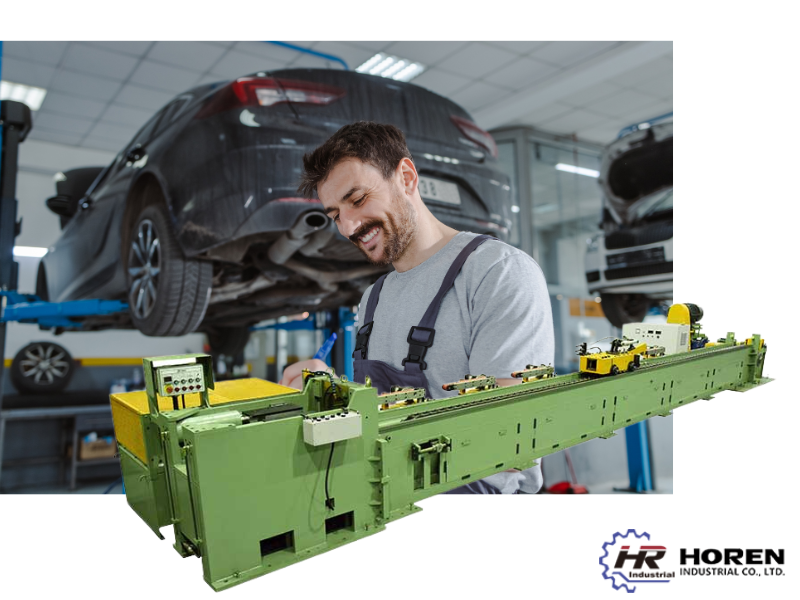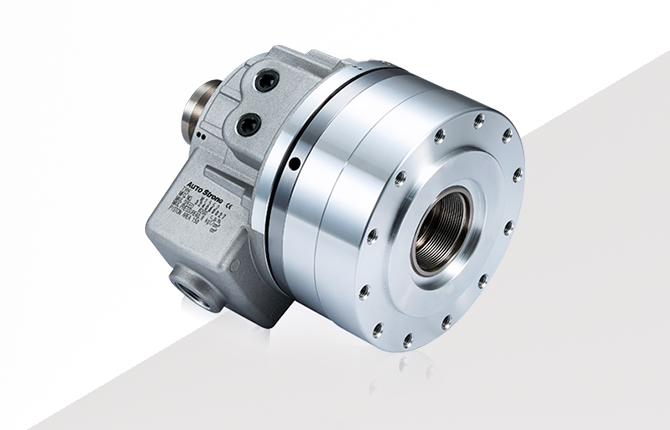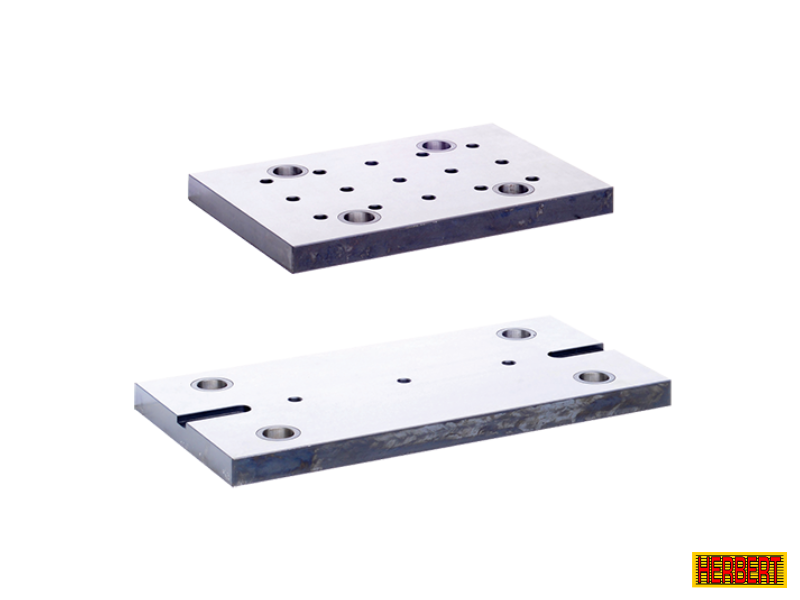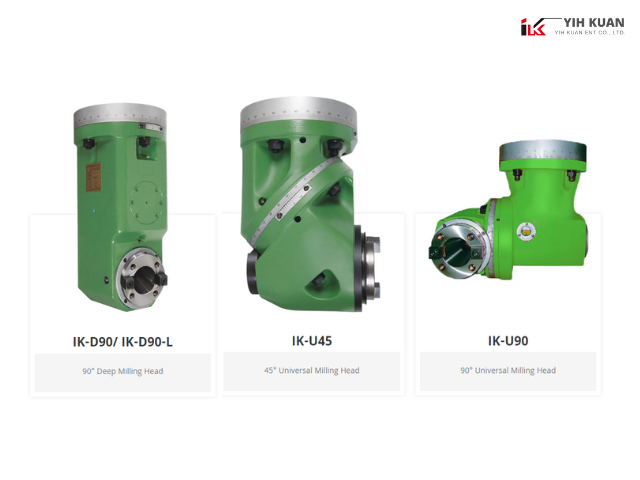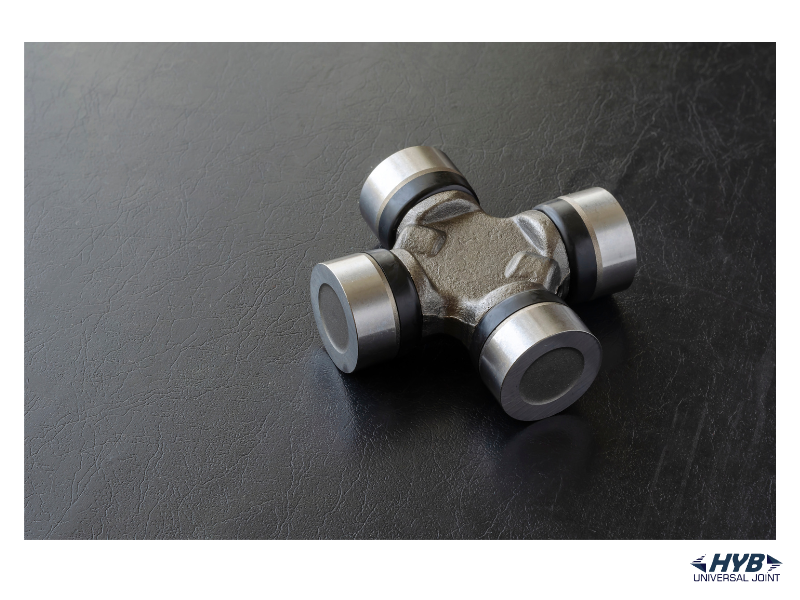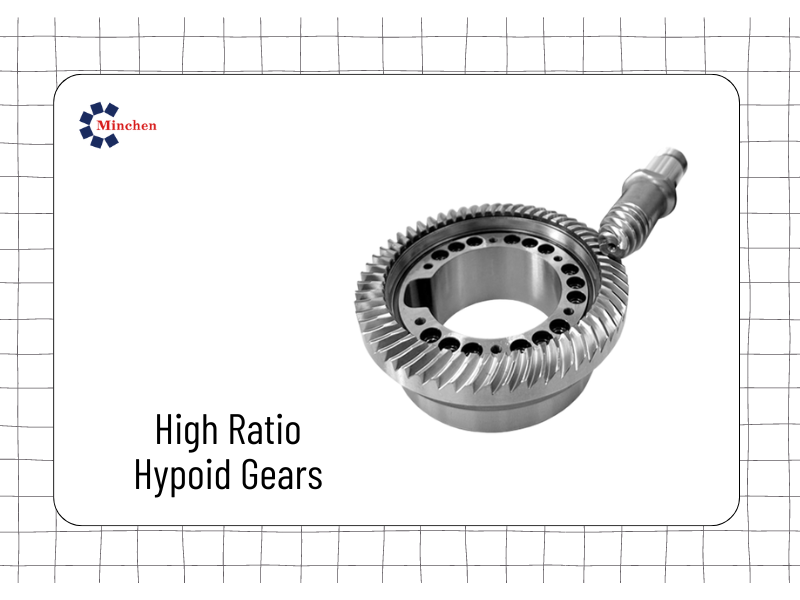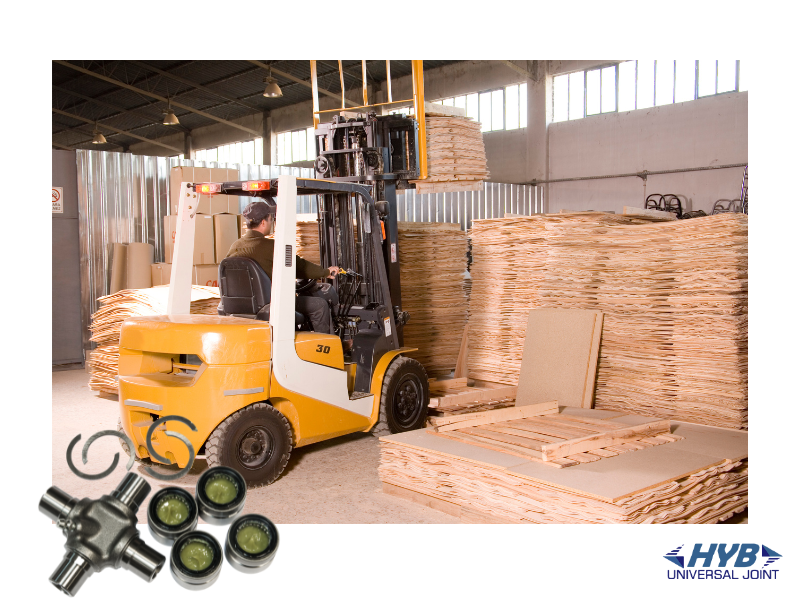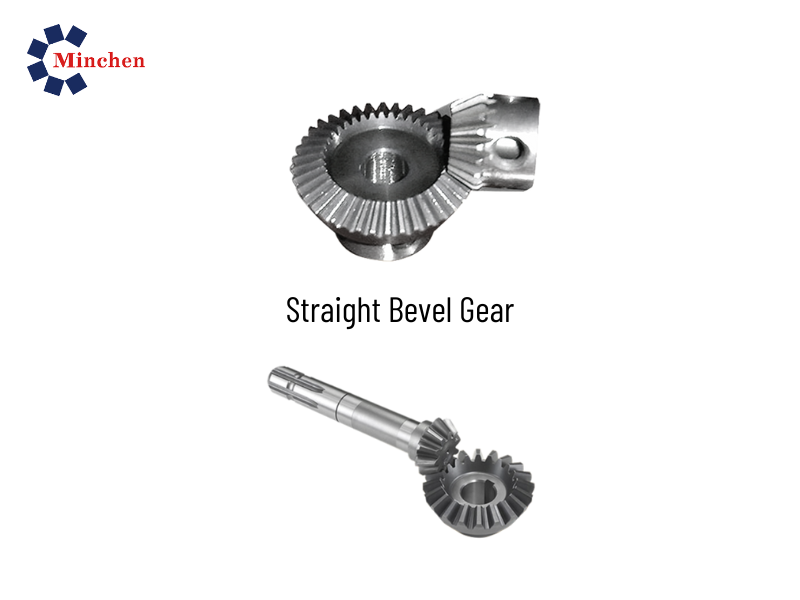Difference Between Drilling and End Milling (Drill Vs End Mill)
2023-01-04Machinery From:YIDA PRECISION TOOLS CO., LTD.
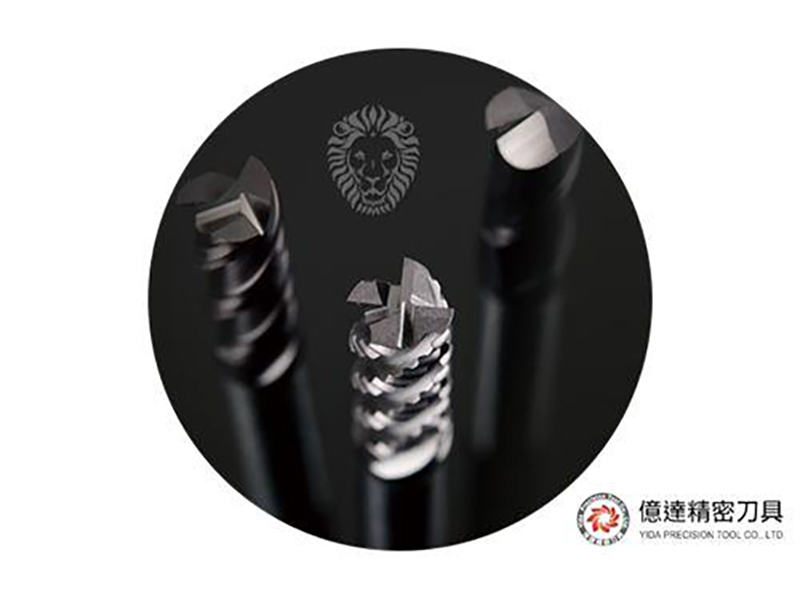
Difference Between Drilling and End Milling (Drill Vs End Mill)
The two different methods for machining a workpiece are drilling and milling. While milling employs sideways motions to cut the material, drilling uses up-and-down actions. Speed is the primary distinction between milling and drilling. Though milling necessitates a fast spindle speed, drilling calls for a low spindle speed.
In this blog, we will discuss Drilling and Milling separately and then we will look into the differences between Drilling and End Milling.
Drilling
Drill presses are used for the Drilling. These are equipment that let you drill holes into things like wood or metal. Drilling is more effective for little work than milling machines for precise cutting.
A milling machine functions in three directions at once while a drill press employs a drill bit that is mounted on a stationary table and moves up and down in one axis. A milling machine can apply a high rotational speed, which makes it more precise than a drill press.
A sophisticated tooling setup is not necessary for drill presses. The majority of these machines have a clamped-on worktable and a circular column. While the worktable of a milling machine can be moved around a tapered spindle, the worktable of this machine cannot be prevented from revolving around this column.
The workpiece will become out of alignment as a result, which could compromise the quality of your work.
Drill presses cost less than milling machines. A milling machine can be utilized for complex forms and is more adaptable. A milling machine needs a lot more room than a drill press because it is made for great efficiency and agility.
It is also typically not portable and is considerably heavier than a drill press. Be prepared to make a large investment because it requires more floor space than a drill press.
The majority of drill presses are benchtop designs. The greatest tool for little work is a tabletop drill press because it takes up little room. Benchtop drill presses have a depth range of 2′′ to 3-3/8′′.
End Milling
End mills come in a variety of shapes, including square and rounded ones. For milling flat surfaces, a square-end mill works great. Contrarily, a round-end mill has a more circular tip and is better suited for curves with fine details. The drawback of a round-end mill is that numerous passes are necessary to produce a level surface.
A barrel end mill is another form of the end mill. These cutters are also known as ball-nose milling tools or barrels. At first, they were employed to drill and mill intricate dies as well as turbomachinery parts.
The most typical drilling instrument is a drill bit, however, end mills offer greater versatility. They may be milled, drilled, or given chamfers. A drill, however, is more suited for tiny holes. End mills can be more brittle and can't be run as vigorously when drilling holes smaller than 1.5 mm, thus drills will be more efficient in these situations.
When choosing the ideal end mill for the job, the material choice is also very important. Different materials call for various geometrical tools and machining techniques. The methods required for the job should be the technician's primary priority.
A slotting operation, for instance, calls for a slotting solution, whereas traditional roughing calls for a milling endmill with numerous flutes.
The cutting edge is the main distinction between the two devices. End mills are typically used to produce conical surfaces and have several cutting edges.
Up to 16 cutting edges are possible for end mills. There may be numerous sharp edges on both kinds of cutters. End mills can create surfaces of excellent quality because they are more adaptable.
A milling machine is a useful and crucial piece of equipment in any workplace. Milling machines can range in cost significantly. The size of the swing and table, the maximum spindle-to-table distance, the capacity, and the type of control will all affect the price range.
Difference Between Drilling and End Milling
Though milling is used to create completed surfaces, drilling is used to create holes in metal. The same hole can be made using either technique, but drilling is more accurate. Cross-threading is also rendered impossible by drilling.
For intermediate work stages, drilling is more efficient, whereas milling is ideal for primary work. Though milling can lead to waste material, drilling can create a clean workpiece.
End mills have cutting edges that are intermittent and engage the workpiece at rapid rotational speeds. End mills can be employed for peripheral or vertical plunging, unlike drilling, which is only appropriate for plunging.
End mills can be utilized for vertical plunging in addition to cutting thin walls. While end mills are favored for smaller plunging applications, both drills and mills have benefits and drawbacks.
Despite the similarities between the two processes, there is a key distinction between them. Milling machines are more accurate than drill presses. The item can be moved in the x and y axes using the table that is located beneath the head of the milling machines. The item can be moved under the head of a drill press by creating x and y guides instead of a table.
Epilogue
Though milling requires a milling machine, drilling can be done using either hand drills or drilling equipment. Whereas the cutting edge continually touches the workpiece during drilling, it binds and detaches the material every time the tool rotates when milling. The length of the chips generated by the two procedures differs as a result of this.
It is better to mill a workpiece after it has been machined. Gradually eliminating material until the final product has the correct shape, helps define the features of the finished product. In addition, milling gives a previously machined item a finishing coat.
End milling has a bit of superiority over drilling and if you are looking for the best end milling machines, contact YIDA in Taiwan and get a top-quality End milling machine.
